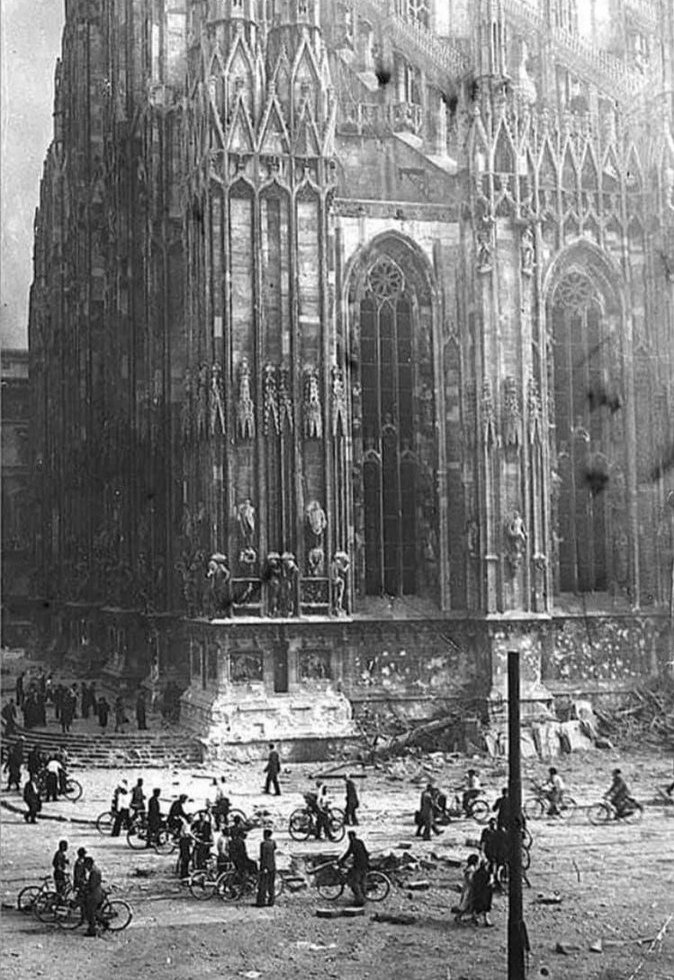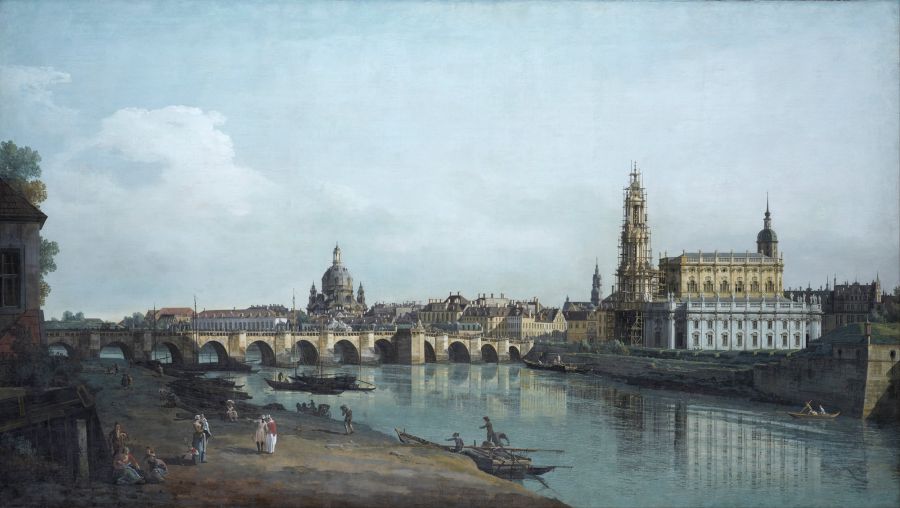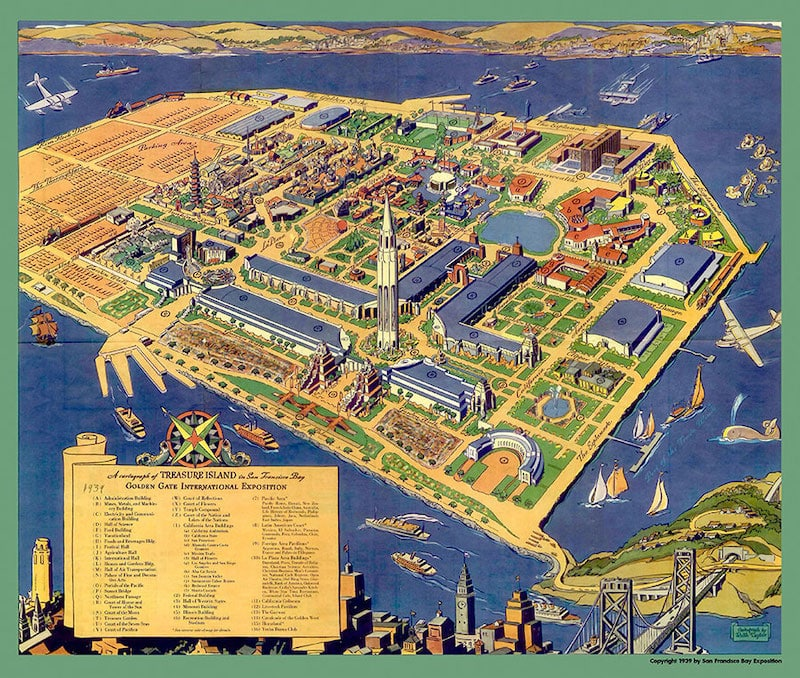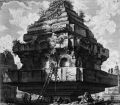More actions
No edit summary |
No edit summary |
||
| (11 intermediate revisions by the same user not shown) | |||
| Line 13: | Line 13: | ||
[[File:Treasure island san fransisco world fair.png|center|thumb|800x800px|Treasure Island, an artificial island created for the world fair.]] | [[File:Treasure island san fransisco world fair.png|center|thumb|800x800px|Treasure Island, an artificial island created for the world fair.]] | ||
{{#ev:archiveorg|id=stolen-history-part-3-mystery-of-the-worlds-fairs|alignment=center|autoresize=true|description=Stolen History (Part 3) }} | |||
=== Capriccio === | |||
Have a look at an artist famous for his etchings of Rome and of fictitious and atmospheric "prisons" (Le Carceri d'Invenzione). He was a so called Cappricio artist. | Have a look at an artist famous for his etchings of Rome and of fictitious and atmospheric "prisons" (Le Carceri d'Invenzione). He was a so called Cappricio artist. | ||
In other words, contemporary interpretation of his creations is that it was a fantasy of the author. There is no historical evidence that Capriccio artists were making stuff up. Such an interpretation appears to be a very convenient way to explain the inconvenient truth. | In other words, contemporary interpretation of his creations is that it was a fantasy of the author. There is no historical evidence that Capriccio artists were making stuff up. Such an interpretation appears to be a very convenient way to explain the inconvenient truth. | ||
==== Collection from [[wikipedia:Giovanni_Paolo_Panini|Giovanni Paolo Panini (1691 – 1765)]] ==== | |||
<gallery mode="slideshow"> | |||
File:Giovanni Paolo Panini 12.jpeg | |||
File:Giovanni Paolo Panini 01.jpg | |||
File:Giovanni Paolo Panini 02.jpeg | |||
File:Giovanni Paolo Panini 03.jpeg | |||
File:Giovanni Paolo Panini 05.jpeg | |||
File:Giovanni Paolo Panini 06.jpeg | |||
File:Giovanni Paolo Panini 07.jpeg | |||
File:Giovanni Paolo Panini 08.jpeg | |||
File:Giovanni Paolo Panini 09.jpeg | |||
File:Giovanni Paolo Panini 10.jpeg | |||
File:Giovanni Paolo Panini 11.jpeg | |||
File:Giovanni Paolo Panini 13.jpeg | |||
File:Giovanni Paolo Panini 14.jpeg | |||
File:Giovanni Paolo Panini 15.jpeg | |||
File:Giovanni Paolo Panini 16.jpeg | |||
File:Giovanni Paolo Panini 17.jpeg | |||
File:Giovanni Paolo Panini 18.jpeg | |||
File:Giovanni Paolo Panini 19.png | |||
File:Giovanni Paolo Panini 20.jpeg | |||
File:Giovanni Paolo Panini 21.jpeg | |||
File:Giovanni Paolo Panini 22.jpeg | |||
</gallery> | |||
==== Collection from [[wikipedia:Giovanni_Battista_Piranesi|Giovanni Battista Piranesi (1720 – 1778)]] ==== | |||
<gallery mode="slideshow"> | |||
File:Giovanni battista piranesi 01.jpg | |||
File:Giovanni battista piranesi 02.jpg | |||
File:Giovanni battista piranesi 03.jpg | |||
File:Giovanni battista piranesi 04.jpg | |||
File:Giovanni battista piranesi 05.jpg | |||
File:Giovanni battista piranesi 06.jpg | |||
File:Giovanni battista piranesi 07.jpg | |||
File:Giovanni battista piranesi 08.jpg | |||
File:Giovanni battista piranesi 09.jpg | |||
File:Giovanni battista piranesi 10.jpg | |||
File:Giovanni battista piranesi 11.jpg | |||
File:Giovanni battista piranesi 12.jpg | |||
File:Giovanni battista piranesi 13.jpg | |||
File:Giovanni battista piranesi 14.jpg | |||
File:Giovanni battista piranesi 15.jpg | |||
File:Giovanni battista piranesi 16.jpg | |||
File:Giovanni battista piranesi 17.jpg | |||
File:Giovanni battista piranesi 18.jpg | |||
File:Giovanni battista piranesi 19.jpg | |||
File:Giovanni battista piranesi 20.jpg | |||
File:Giovanni battista piranesi 21.jpg | |||
File:Giovanni battista piranesi 22.jpg | |||
File:Giovanni battista piranesi 23.jpg | |||
File:Giovanni battista piranesi 24.jpg | |||
File:Giovanni battista piranesi 25.jpg | |||
File:Giovanni battista piranesi 27.jpg | |||
File:Giovanni battista piranesi 28.jpg | |||
</gallery>There were many more of the so called Capriccio artists working within the same time frame. They observed the same objects in a very similar manner. It is so easy to dismiss the evidence by pretending that their creations were a work of fiction. What if they reflected exactly what was observed? | |||
What do we see in those paintings and engravings? We see semi destroyed buildings, mud and dirt filling in spaces between those buildings. We do not see pavement or some sort of hard surface between the structures. Would imagine that people capable of building such structures were capable of quality work all the way around. And of course in their works we see small to medium size trees growing on those buildings and in places where should be no trees. Based on the size of those trees we could approximate when those trees started. | |||
There were multiple artists creating similar work. Engravings and paintings reflecting our world in ruins. To name a few of those artists: | |||
* ''[[wikipedia:Alessandro_Salucci|Alessandro Salucci]] (1590 – c. 1655-60)'' | |||
* ''[[wikipedia:Marco_Ricci|Marco Ricci]] (1676 – 1730)'' | |||
* ''[[wikipedia:Luigi_Rossini|Luigi Rossini]] (1790 - 1857)'' | |||
[[File:Alessandro Salucci - View with architecture, triumphal arch and figures.jpg|center|thumb|900x900px|Alessandro Salucci - View with architecture, triumphal arch and figures]] | |||
[[Category:History]] | |||
Latest revision as of 00:16, 5 March 2025
Stolen History
Where has all the beautiful architecture of our past gone? Most of history has been fabricated by the parasite class, and there may have once been a more unified, advanced culture that was wiped away from our collective memory.

Part 1 - Introduction
Part 2 - The Destruction of the Old World

Part 3 - The Mystery of the World Fairs

Capriccio
Have a look at an artist famous for his etchings of Rome and of fictitious and atmospheric "prisons" (Le Carceri d'Invenzione). He was a so called Cappricio artist.
In other words, contemporary interpretation of his creations is that it was a fantasy of the author. There is no historical evidence that Capriccio artists were making stuff up. Such an interpretation appears to be a very convenient way to explain the inconvenient truth.
Collection from Giovanni Paolo Panini (1691 – 1765)
Collection from Giovanni Battista Piranesi (1720 – 1778)
There were many more of the so called Capriccio artists working within the same time frame. They observed the same objects in a very similar manner. It is so easy to dismiss the evidence by pretending that their creations were a work of fiction. What if they reflected exactly what was observed?
What do we see in those paintings and engravings? We see semi destroyed buildings, mud and dirt filling in spaces between those buildings. We do not see pavement or some sort of hard surface between the structures. Would imagine that people capable of building such structures were capable of quality work all the way around. And of course in their works we see small to medium size trees growing on those buildings and in places where should be no trees. Based on the size of those trees we could approximate when those trees started.
There were multiple artists creating similar work. Engravings and paintings reflecting our world in ruins. To name a few of those artists:
- Alessandro Salucci (1590 – c. 1655-60)
- Marco Ricci (1676 – 1730)
- Luigi Rossini (1790 - 1857)
















































